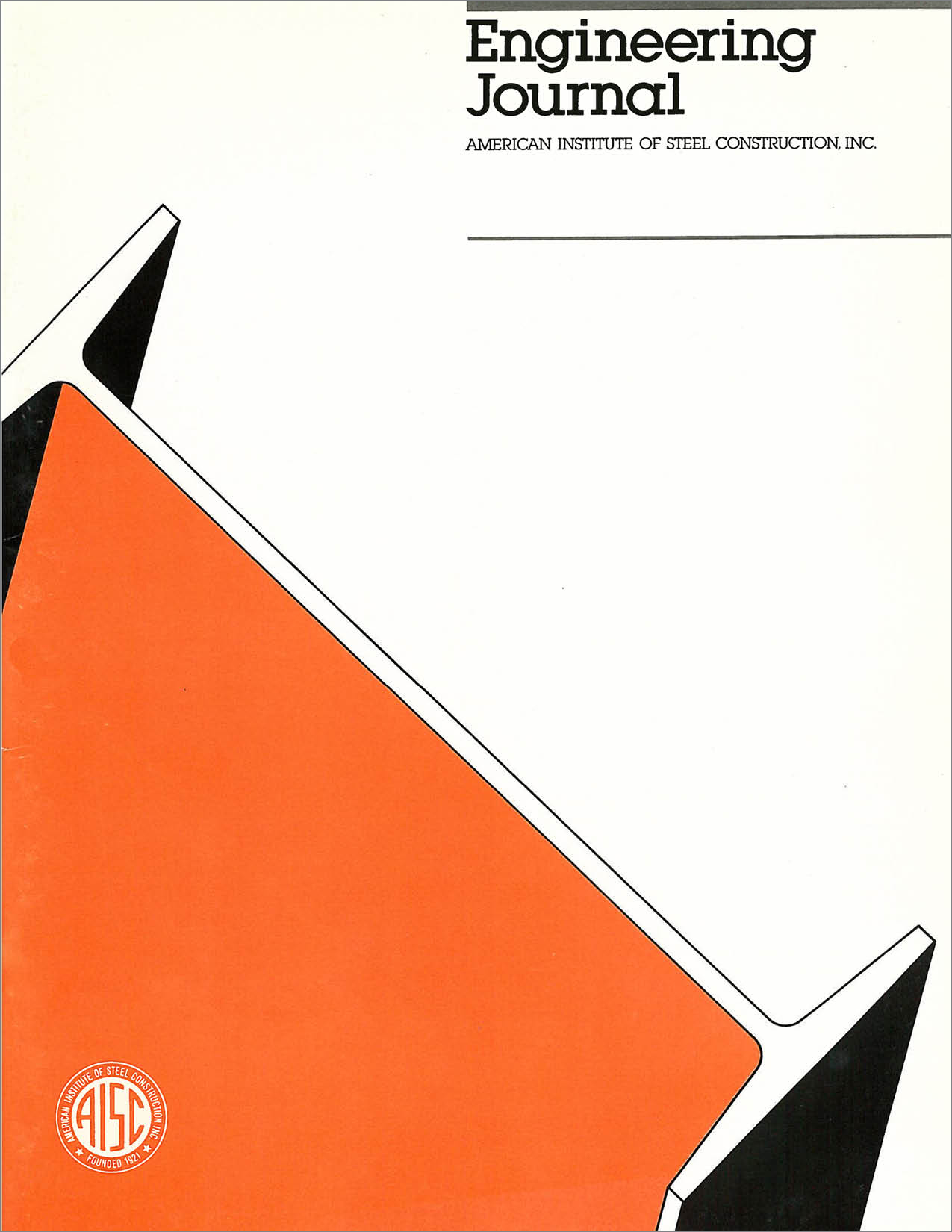Short Span Pre-Stressed Steel Bridges
DOI:
https://doi.org/10.62913/engj.v27i3.550Abstract
The concept of prestressed steel flexural members was extensively studied in the 1960s1; however, the actual use of such members for bridge construction is a recent development in the United States. The recently completed Bonners Ferry Bridge in Idaho and the Muddy Boggy River Bridge in Oklahoma are two examples of cable-stressed plate girder bridges. The INVERSET system of fabricating small river crossing bridges, which is gaining wide use in Oklahoma and other southern states, is another example of prestressed-steel bridge construction. The principal advantage of prestressing is, of course, a reduction in material quantities needed. Non-composite, composite and prestressed optimized designs are compared. The advantages of prestressing are obvious. This paper reviews the available methods for prestressed steel concrete slab bridge construction, discusses advantages and disadvantages of the method of construction, and presents some test results concerning shrinkage, creep and fatigue of a prestressed-steel concrete slab bridge unit.

